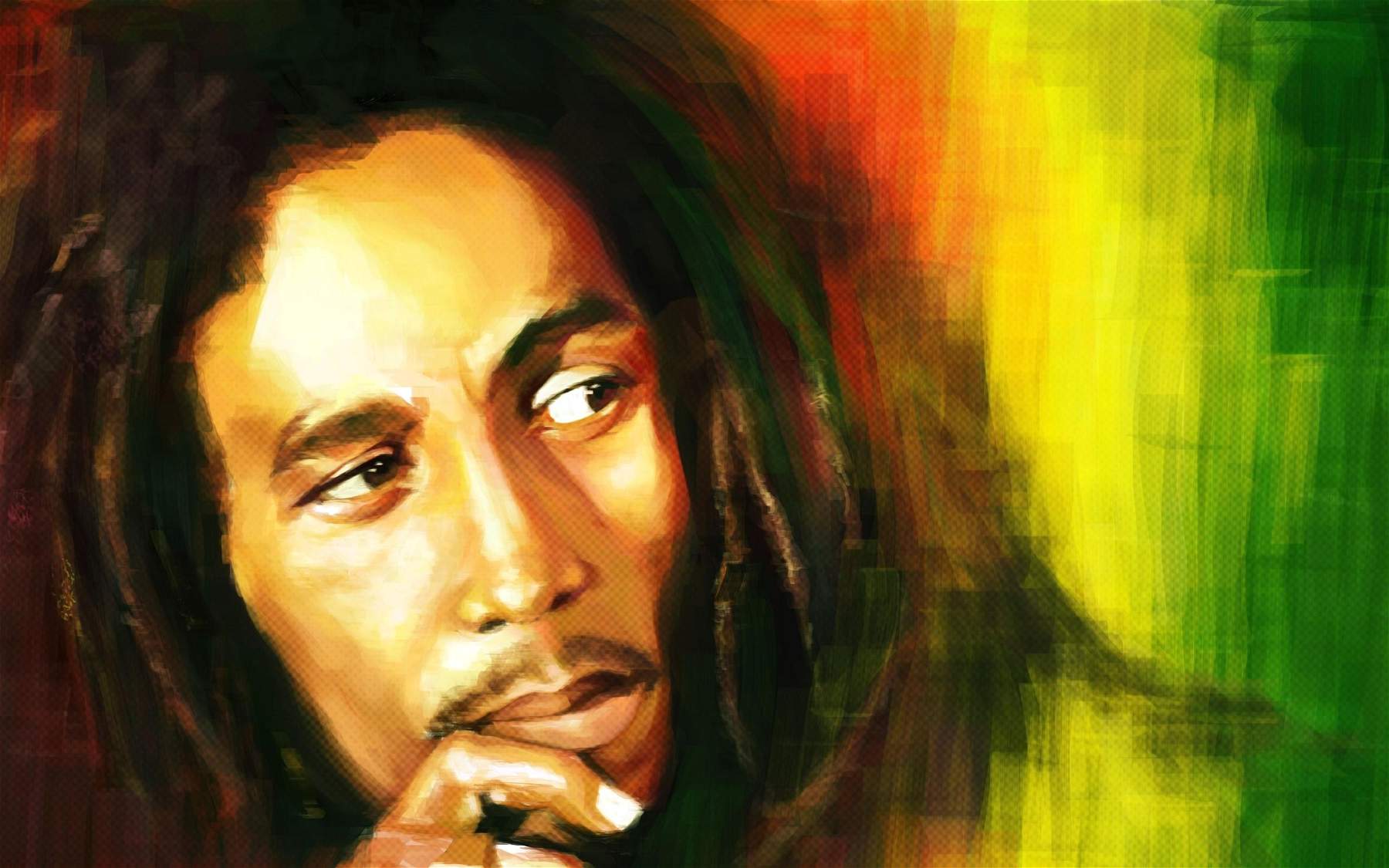On yesterday, November 29, 2018,UNESCO added Jamaica’s reggae music to the list of Intangible Heritage of Humanity. So from now on, when we listen to a song by Bob Marley or Peter Tosh, we will know we are listening to a song protected by the world’s most important organization for culture. The UNESCO committee, meeting in Port-Louis (Mauritius), highlighted reggae’s contribution to the international debate on injustice, resistance, love and humanity.
Here is how the UNESCO website describes reggae music: “Originating in a cultural space that provided a home for the marginalized, especially in the western Kinston area, Jamaica’s Reggae music is an amalgam of many musical influences, including earlier forms of Jamaican music and Caribbean, North American and Latin American melodies. Neo-African musical styles and soul and rhythm & blues music from North America were incorporated into one that gradually transformed Ska into Rock Steady and then Reggae. While Reggae was originally the voice of the marginalized, it is now a musical style played and embraced by broad strata of society across the board, including diverse ethnic, religious, and gender groups. Its contribution to international debate on issues such as injustice, resistance, love and humanity highlights its dynamics that are at once intellectual, socio-political, sensual and spiritual. The basic social functions of Reggae music-as a vehicle for social debate, as a cathartic practice, and as a means of praising God-have not changed, and Reggae continues to play the role of a voice for all.”
As much as UNESCO protects the reggae music “of Jamaica,” this is nevertheless the first time that the United Nations’ top organization for culture has included a widely popular music genre in its World Heritage List. We are not sure where the term “reggae” comes from: it is probably a mispronunciation of the English “ragged” (“rough”) which, transformed into the term “reggay,” denoted a style of dancing practiced in the Caribbean in the mid-twentieth century. Influenced by calypso music as well as jazz and rhythm and blues, Reggae is first attested in the 1960s, and we tend to point to Larry and Alvin and the Beltones as the first performers of the genre. Stylistically, Reggae is a music played in four-quarter time, with an extremely regular rhythmic pattern, characterized by the predominance of bass and drums over guitar, and much slower than that of ska or Rock Steady, the direct predecessor genres of Reggae. Probably the most recognizable features of Reggae music are the syncopated bass lines, which make it unique in the landscape of musical genres, and the accents on the second and fourth time of each section.
 |
| Reggae enters the World Heritage Site. It's the first time for a music genre with global reach |
Warning: the translation into English of the original Italian article was created using automatic tools. We undertake to review all articles, but we do not guarantee the total absence of inaccuracies in the translation due to the program. You can find the original by clicking on the ITA button. If you find any mistake,please contact us.